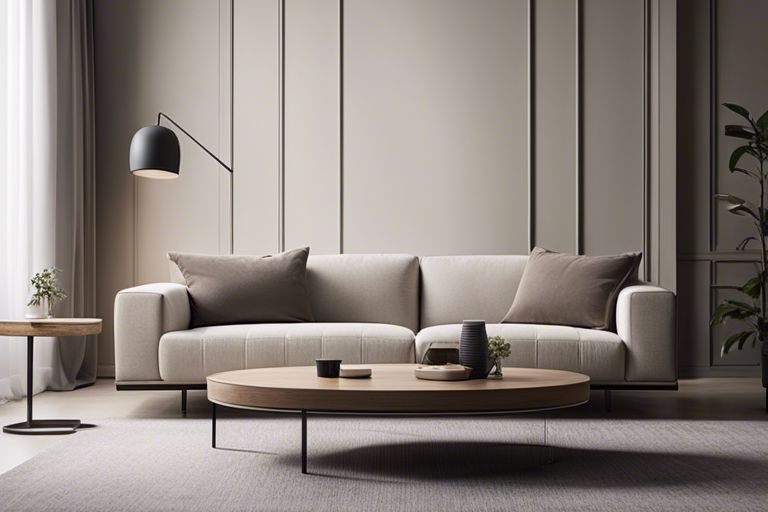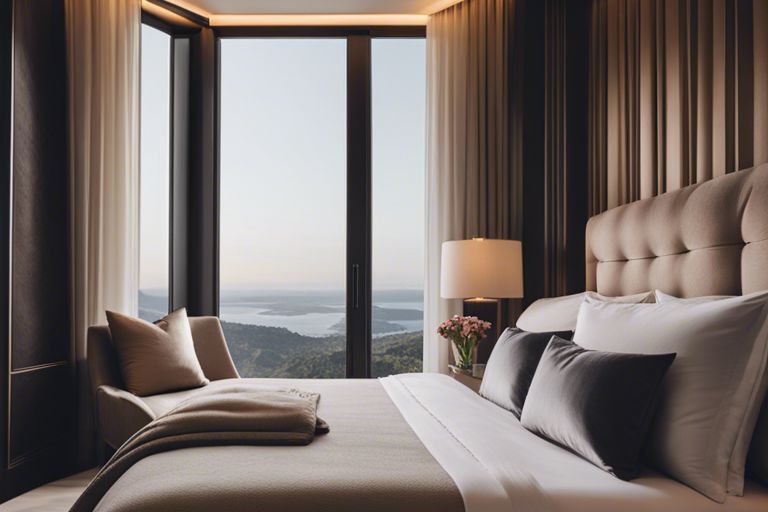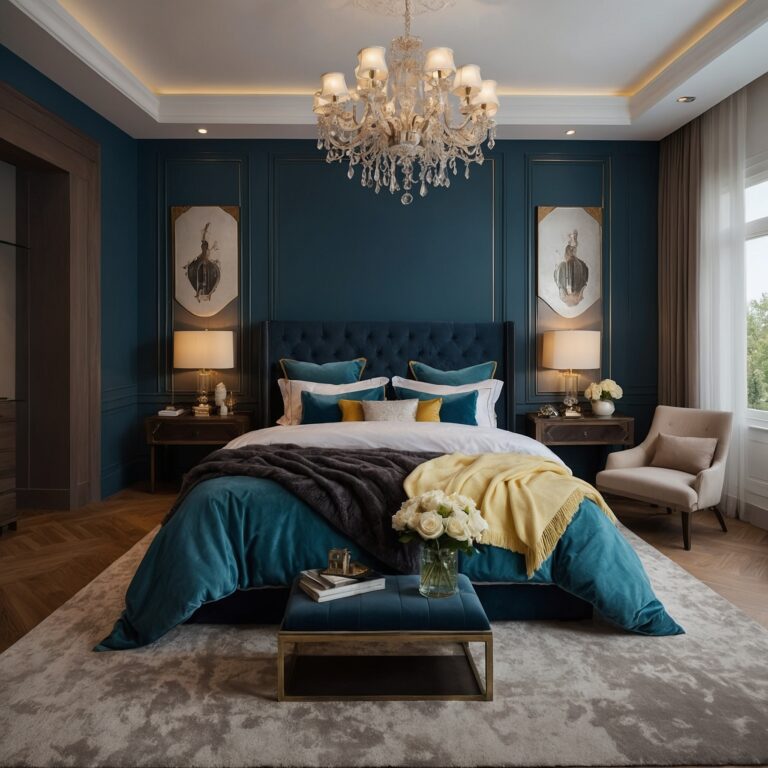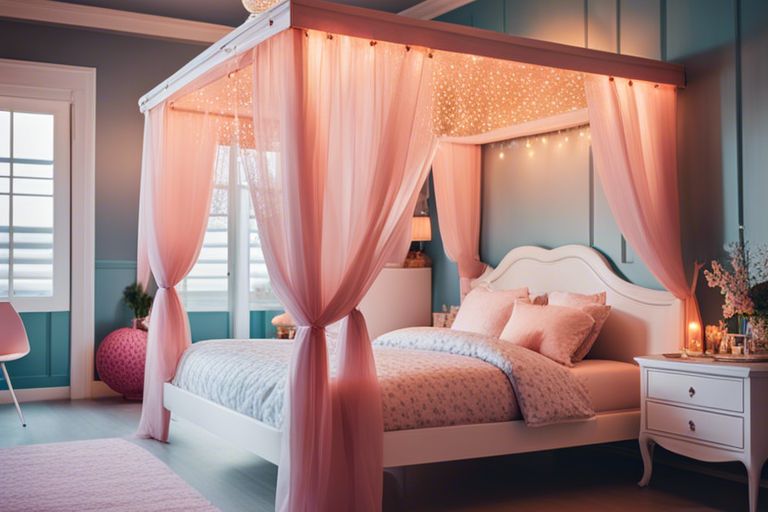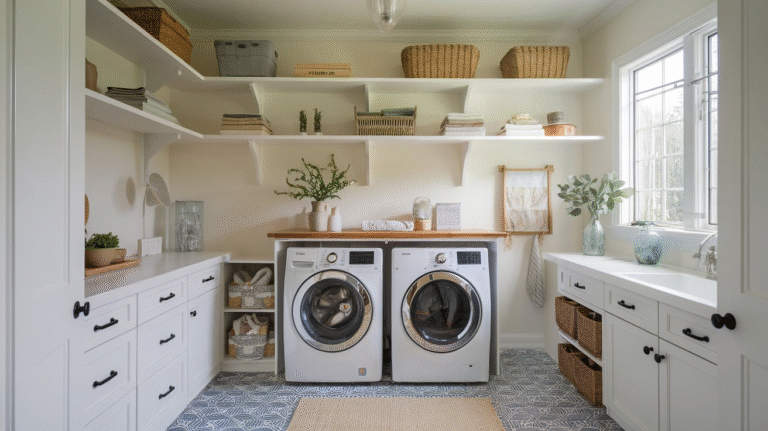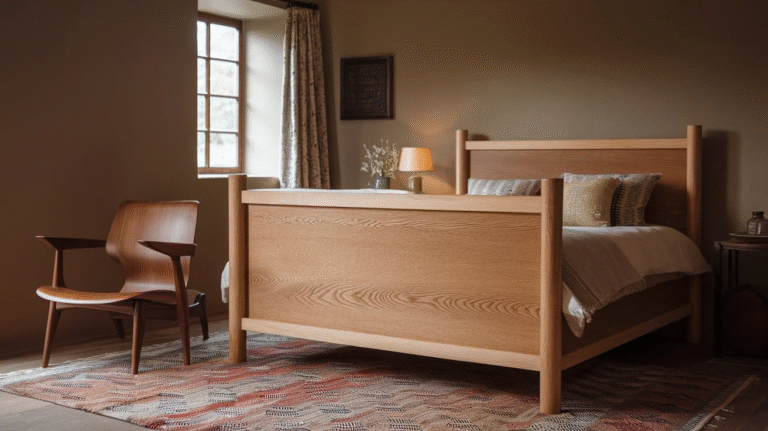19 Small Living Room Layout Ideas: Make the Most of Your Space

Let’s be honest—designing a small living room can feel like playing Tetris with furniture.
Every piece you add can either unlock a new level of cozy brilliance or make you want to flip your coffee table in frustration.
But here’s the deal: even the tiniest living room can be transformed into a comfortable, stylish, and functional space—with the right layout.
I’ve lived in city apartments where I could touch both walls with my arms outstretched.
I’ve tried to entertain friends in rooms where pulling out the sofa bed meant sacrificing all walking space.
Through trial, error, and some Pinterest rabbit holes, I’ve figured out what works.
So, let’s dive into 19 powerful small living room layout ideas that can change everything.
1. Float Your Furniture
Don’t shove everything against the walls—it’s a myth that this makes a room feel bigger. Instead, try floating your sofa or chairs slightly inward. This creates breathing room and opens up visual flow. Use a rug to anchor the floating setup and create definition.
In a 10×10 room I once rented, floating my loveseat two feet off the wall completely transformed how the space felt. It no longer looked like a doctor’s waiting room—it felt intentional.
2. Use a Sectional Strategically
It might sound counterintuitive, but a well-chosen sectional can save space. Go for an L-shaped or corner sectional that tucks into a room’s edge. These pieces reduce the need for extra chairs and make excellent use of corners.
Look for models with narrow arms and low profiles to keep things from feeling heavy. Some even come with hidden storage—yes, please.
Stats: According to a Houzz survey, 36% of homeowners opt for sectionals in small living rooms because of their multi-functionality.
3. Scale It Down
It’s easy to fall in love with big plush sofas and oversized coffee tables, but in a small living room, scale is everything. Choose pieces that fit your space, not ones that look good in showrooms.
Opt for:
- Armless chairs
- Apartment-size sofas
- Slender-legged furniture
Design tip: Look for furniture raised off the ground—legs create the illusion of more space by exposing more floor area.
4. Go Vertical with Storage
When you can’t go out, go up. Think bookshelves that reach the ceiling, tall ladder shelves, or vertical cabinets. They draw the eye upward and create storage without stealing floor space.
In one of my tiny studio apartments, I used an IKEA IVAR shelf to store everything from books to dishes. It added character and saved me from kitchen overflow disasters.
5. Use Multi-Functional Furniture
In small rooms, every item should pull double duty. Think ottomans that open up to reveal storage. Coffee tables with lift tops. Benches with baskets underneath.
I once used a vintage trunk as both a coffee table and a place to stash my yoga gear. Functional, charming, and zero square footage wasted.
6. Embrace Built-Ins (Even Faux Ones)
Built-in shelves, cabinets, or benches can be life-savers. They create a custom feel and maximize wall space.
No built-ins? No problem. You can fake the look with IKEA hacks or tall bookcases paired with trim. Add baskets or doors to hide clutter.
Pro Tip: Paint built-ins the same color as your walls to make the room feel seamless and larger.
7. Choose Light Colors
Light colors reflect light and make a room feel airy. Go for whites, pale grays, or soft pastels for your walls, furniture, and accessories.
Even if you love moody tones, save them for accents like cushions or artwork. I once painted my tiny living room a deep navy—beautiful but cave-like. Lesson learned.
Stat: A study by Zillow showed that light gray living rooms can increase a home’s resale value by over $1,000.
8. Create Zones
Even in a small room, defining areas adds function. Use rugs, lighting, or furniture arrangement to separate spaces. A reading nook in one corner. A media area in another.
Use small area rugs to define different functions within one space. Even a room with 150 square feet can host multiple “zones” with the right layout.
9. Mount Your TV (and Everything Else)
Floor space is sacred. Mount your TV on the wall or above a fireplace. Wall-mount lights instead of using floor lamps. Even floating shelves instead of standing units help keep the floor clear.
Every time I’ve wall-mounted a TV, I’ve reclaimed an entire console table worth of space. That’s a small-living-room miracle.
10. Use Mirrors to Expand Space
Mirrors reflect light and make rooms feel twice as big. Hang a large mirror across from a window to bounce natural light around. Or create a gallery of smaller mirrors for visual interest.
I once used an old mirror I found at a flea market to make a dull living room glow—it looked like I’d added a secret window.
11. Try a Symmetrical Layout
In small spaces, symmetry can bring calm. Two matching chairs facing a fireplace. A centered rug under a centered coffee table. Balanced = beautiful.
Even if you don’t have much furniture, symmetry creates the illusion of order and spaciousness.
12. Go for Low-Profile Seating
Furniture that’s lower to the ground leaves more visual space above it, making ceilings feel higher and rooms feel bigger. Look for pieces with a mid-century modern vibe—clean lines, short backs, and tapered legs.
In one small living room, swapping out a tall, overstuffed recliner for a sleek low-slung lounge chair changed the entire vibe.
13. Ditch the Coffee Table (Sometimes)
If your space is extra tight, consider skipping the traditional coffee table. Use nesting tables, a small ottoman, or even a side table that can be moved around.
Bonus: No bruised shins from late-night snack trips.
14. Let in Natural Light
Don’t block windows with tall furniture or heavy curtains. Use sheer drapes or roller shades that disappear when up. The more natural light, the more open the space will feel.
Tip: Hang curtains high and wide to make your windows—and room—look bigger.
15. Angle Your Furniture
Placing furniture on a diagonal can make a room feel more dynamic and spacious. It tricks the eye and softens boxy layouts.
In one oddly shaped room, angling the sofa slightly toward a corner TV gave us more floor space and a better view—not to mention compliments from every guest.
16. Use Corner Seating
Corners are often underutilized. Use a corner bench with cushions, a wedge chair, or a small L-shaped sectional to turn dead zones into sitting areas.
Corners can also host tall plants or shelves—turning awkward angles into cozy nooks.
17. Keep It Cohesive
A limited color palette and consistent textures help a small room feel unified. Too many competing patterns or colors can make it feel chaotic.
Stick to 2-3 main colors and repeat them in rugs, pillows, curtains, and art. Repetition = harmony.
18. Use Round Furniture
Sharp edges eat up space. Round furniture like circular coffee tables or curved armchairs can make moving around easier and soften the room visually.
In a tiny studio I once decorated, switching a square table for a round one made walking around 100% easier. Plus, no stubbed toes.
19. Think Vertical Artwork
Instead of one large horizontal painting, try stacking smaller art pieces vertically. This draws the eye up and makes your walls—and room—feel taller.
This trick worked wonders in my last apartment, where ceiling height was the only thing I had going for me. Art became my secret weapon.
—
Let’s be real: a small living room isn’t a design curse—it’s an invitation to get creative. With a few smart layout ideas, the right furniture, and an eye for balance, even the tiniest space can feel spacious, cozy, and totally you.
Whether you’re squeezing a sectional into a shoebox or angling armchairs in a studio apartment, remember this: your space doesn’t have to be big to be brilliant.

